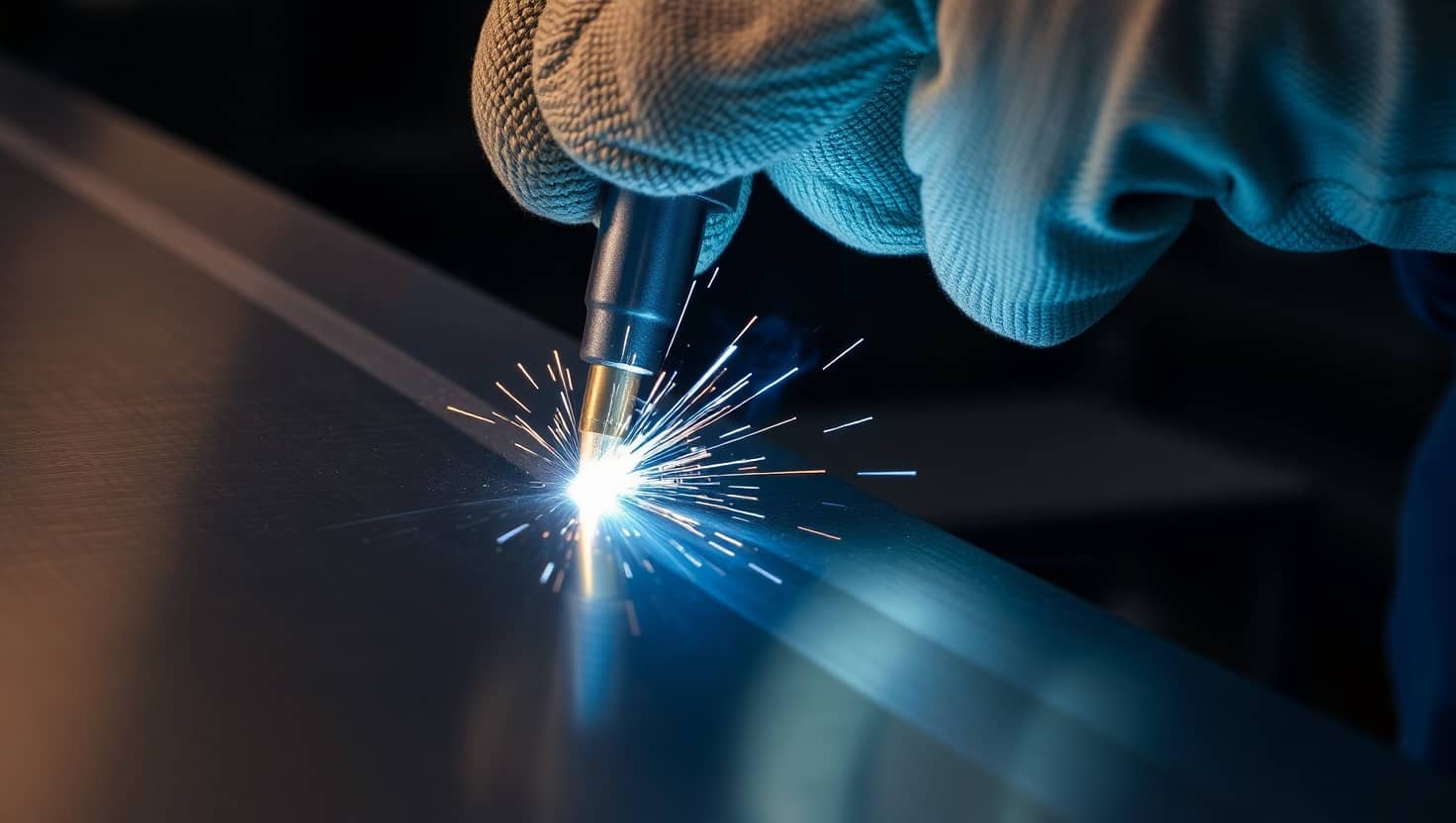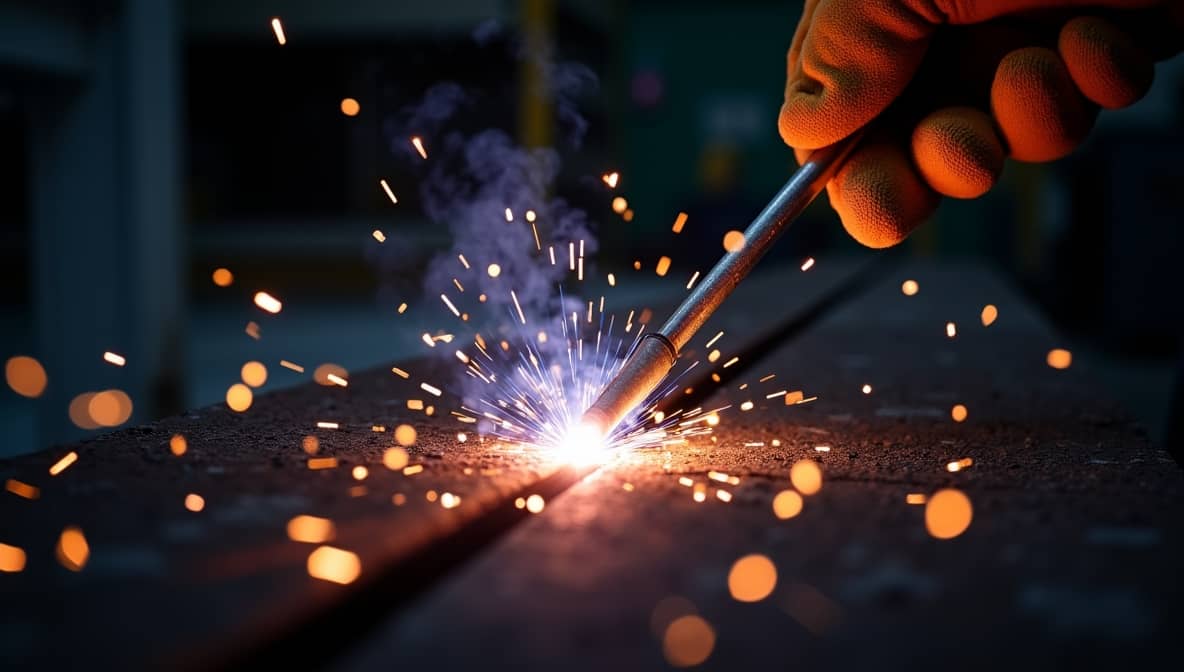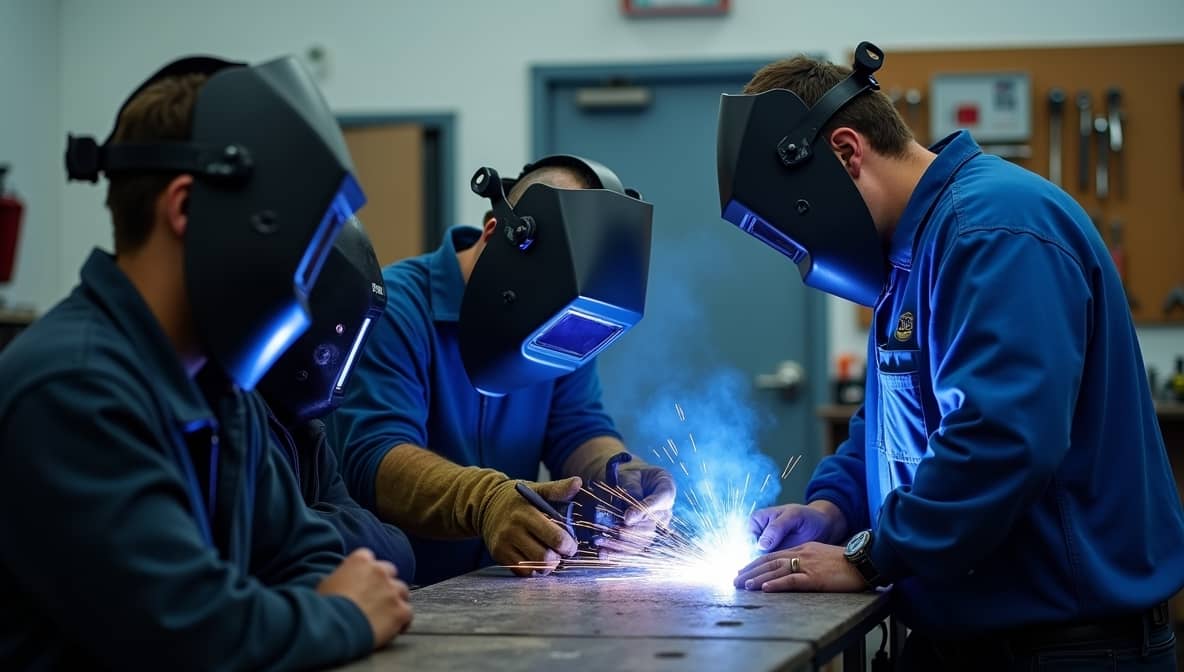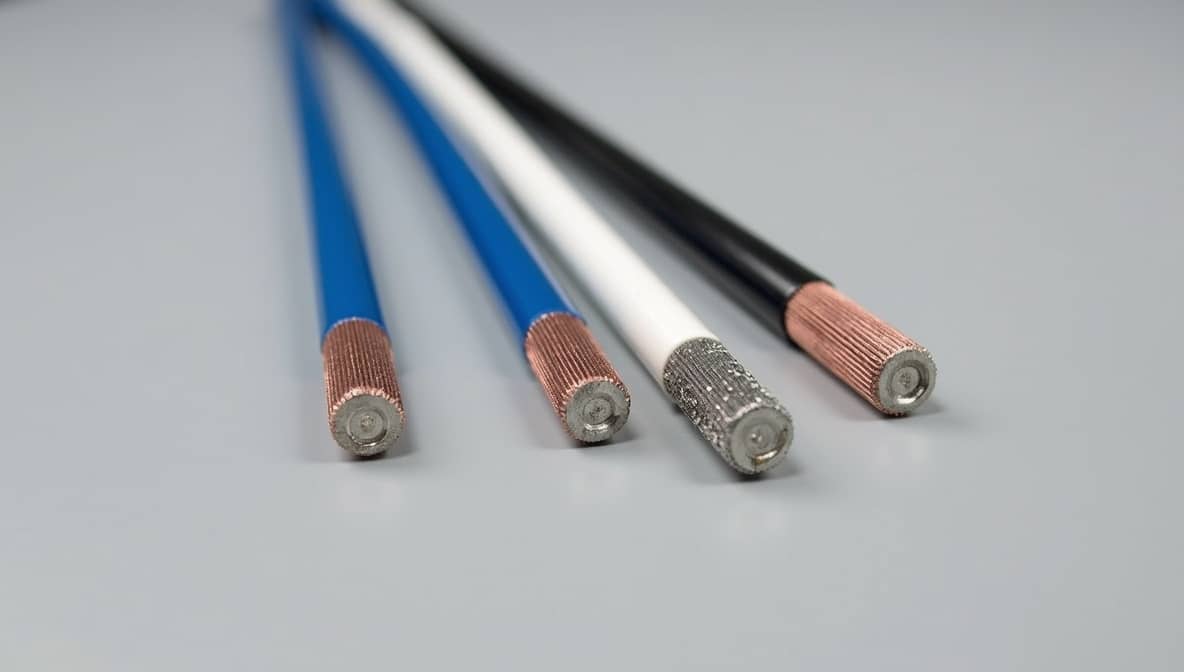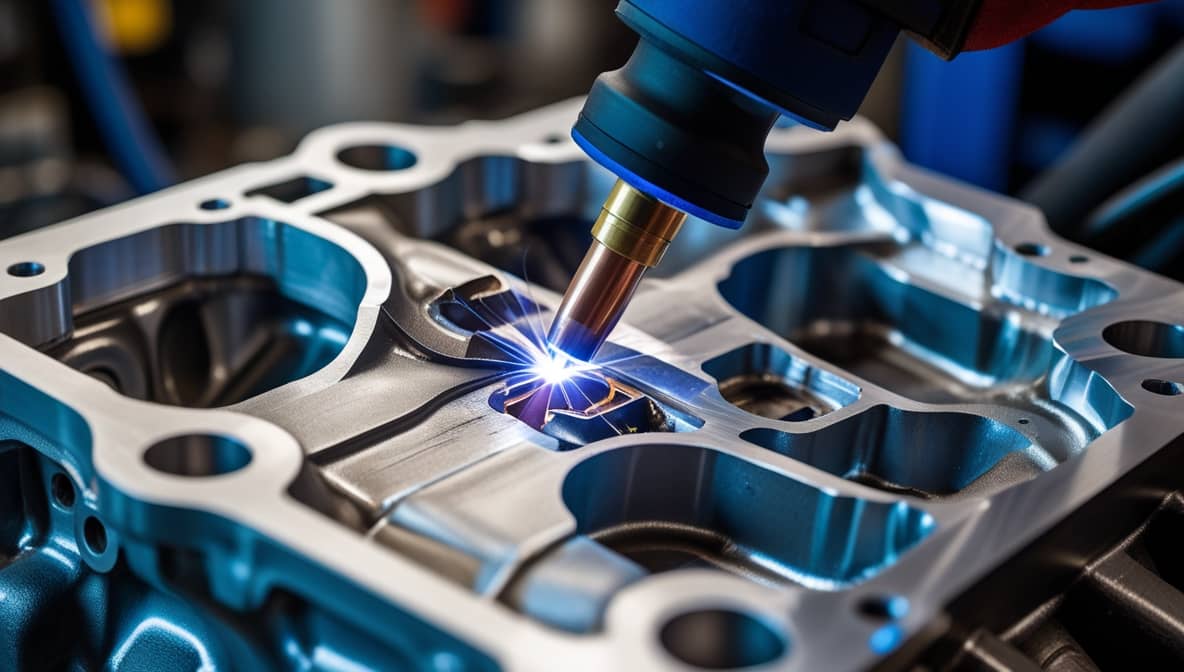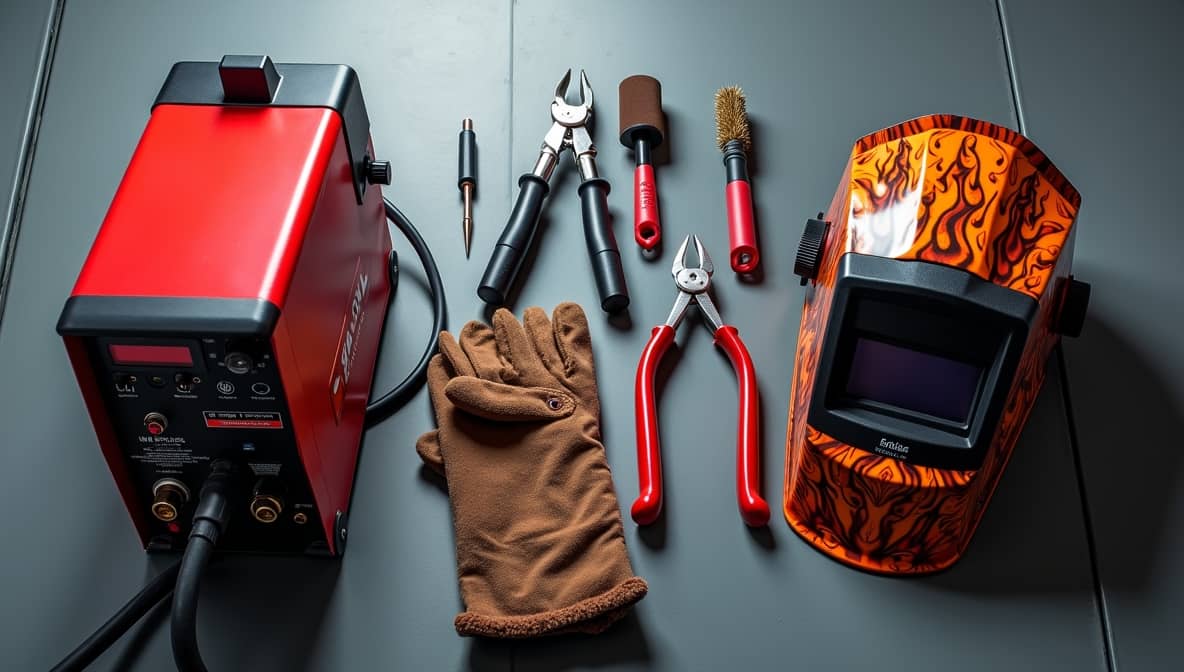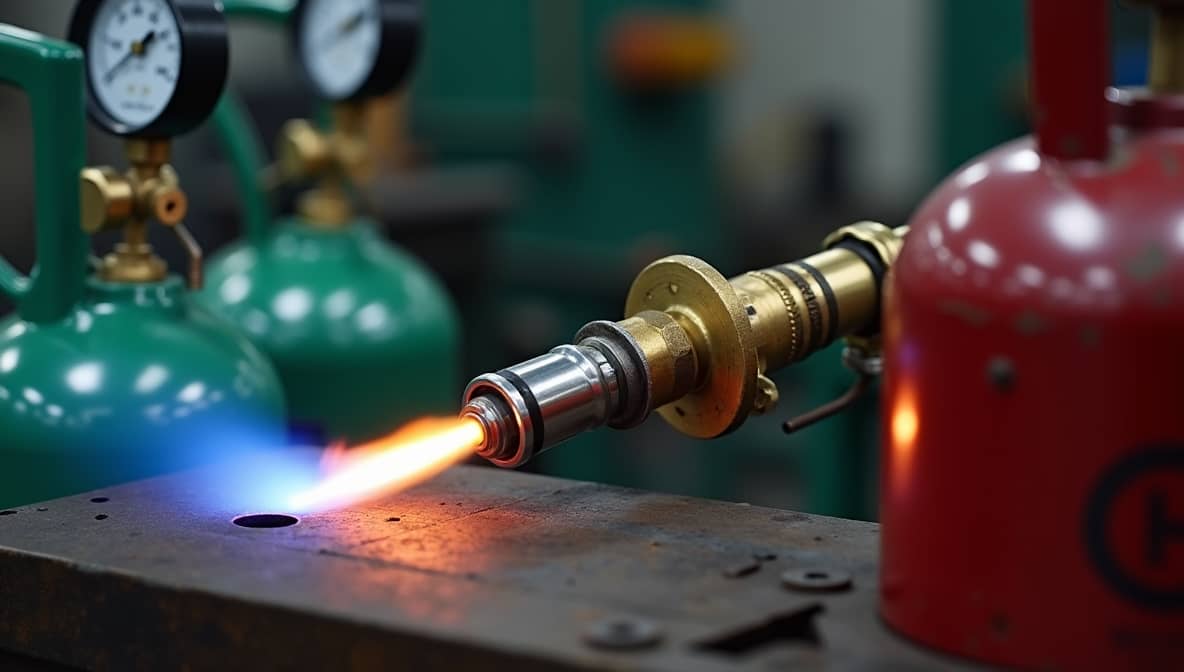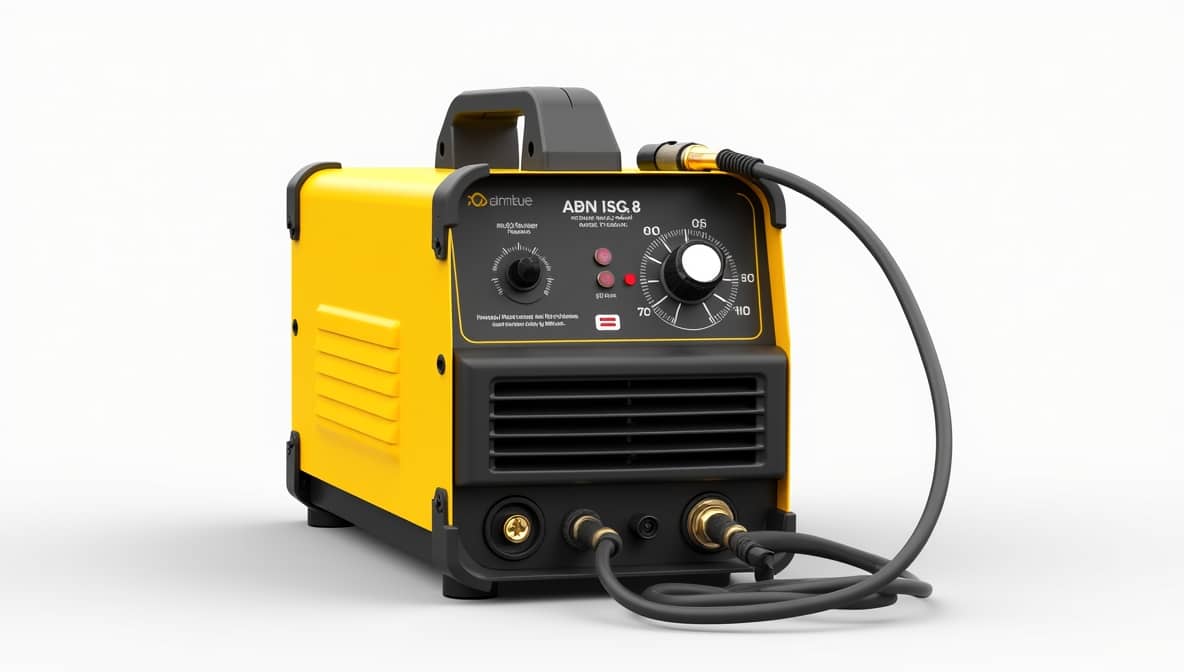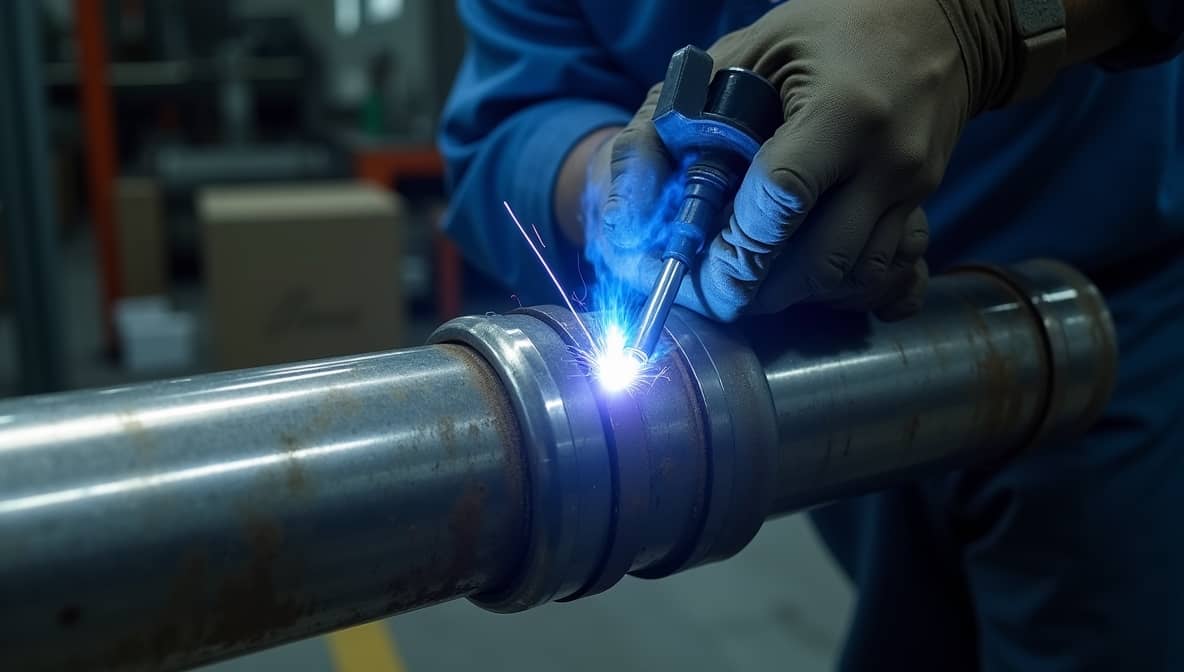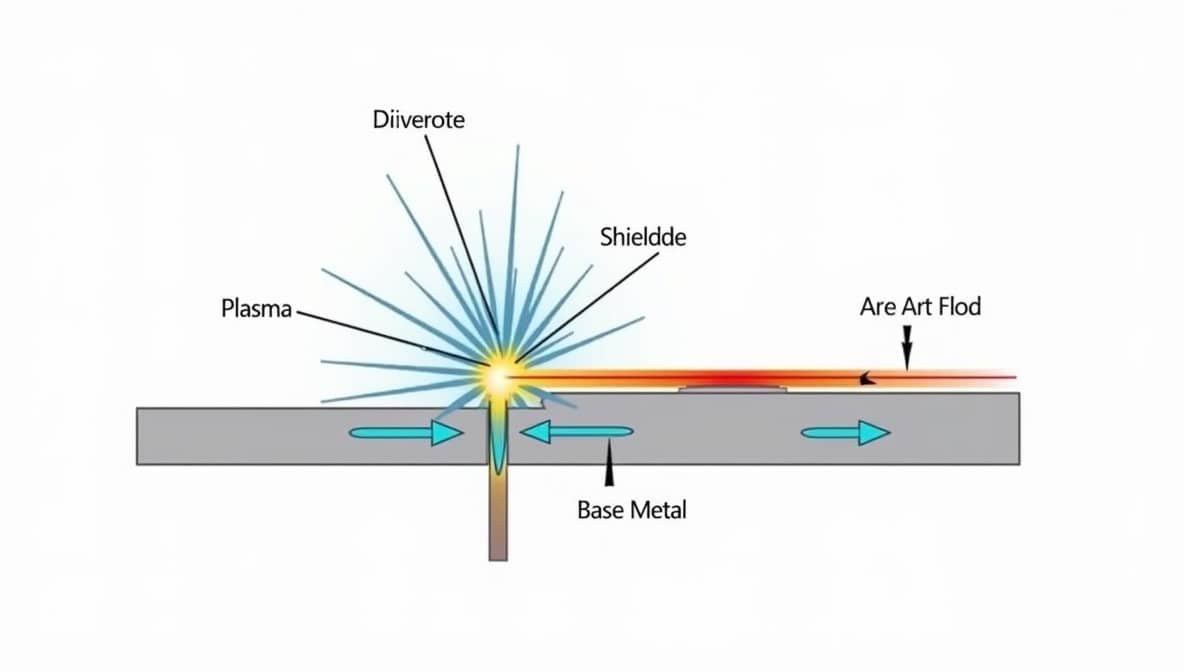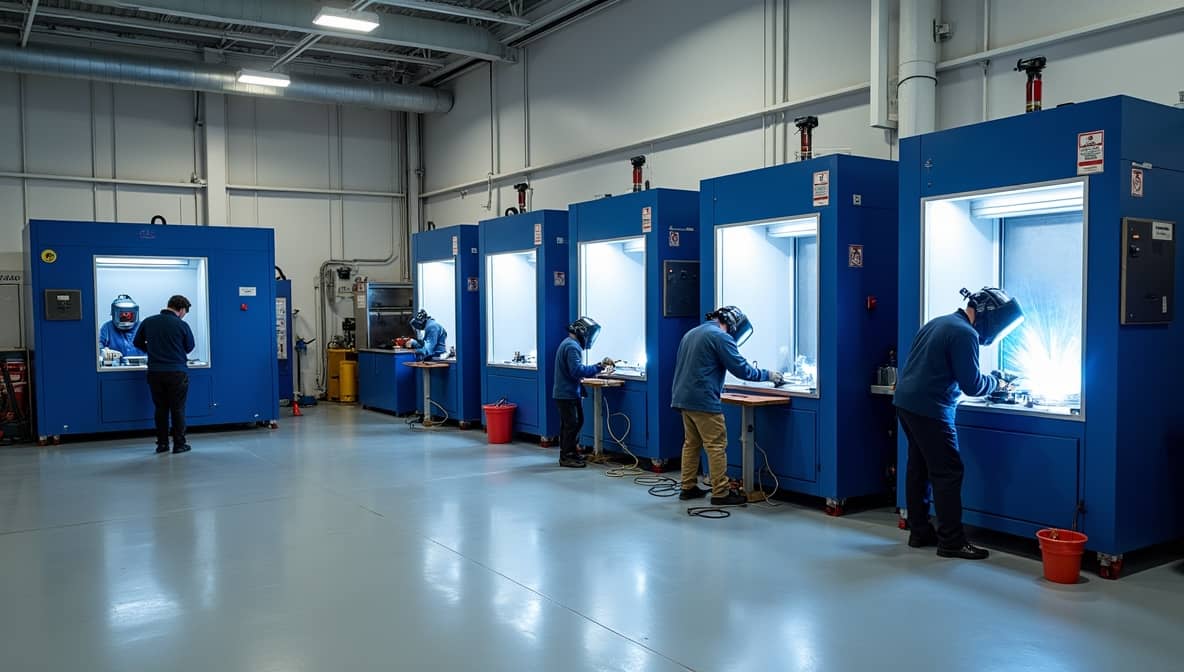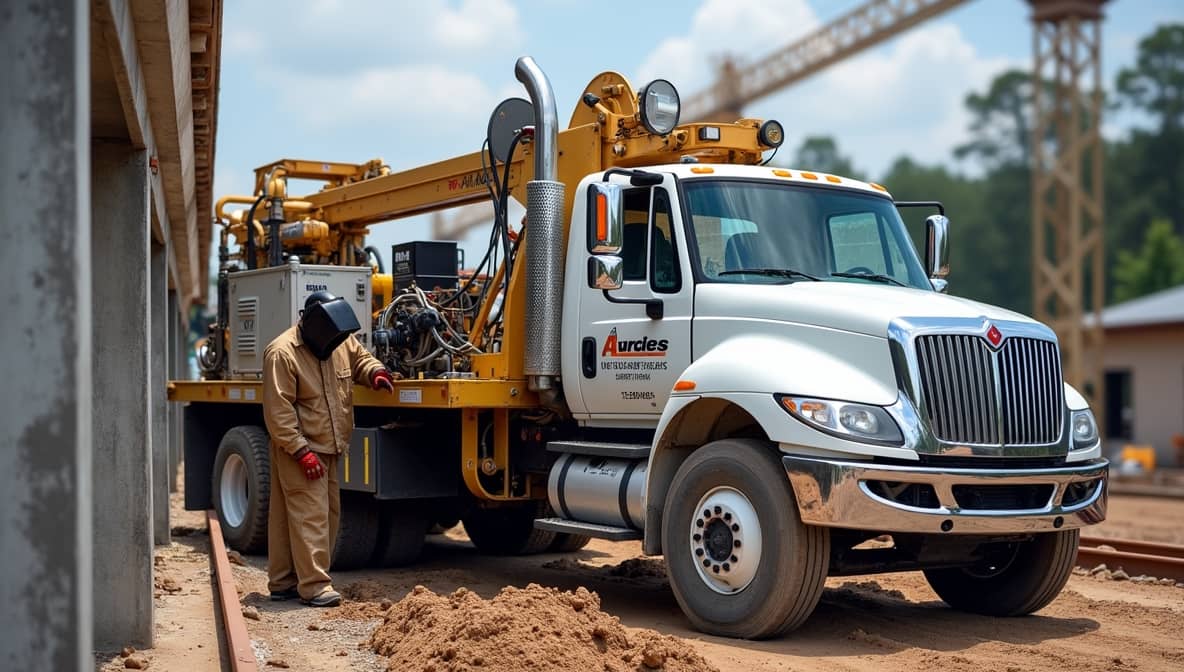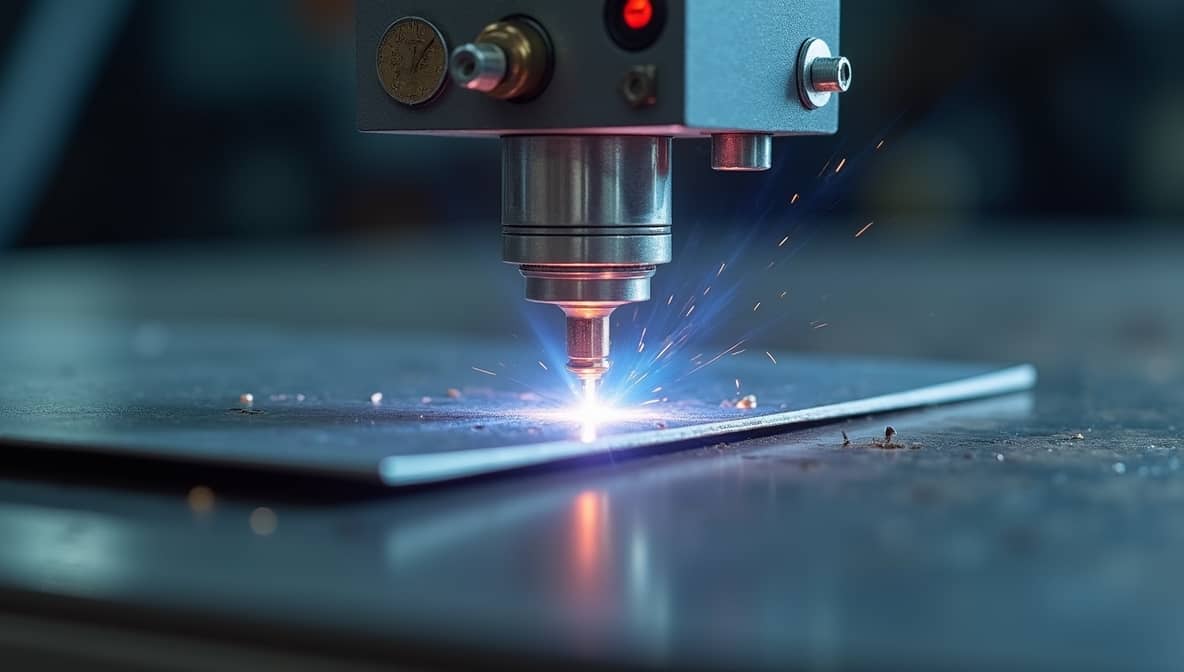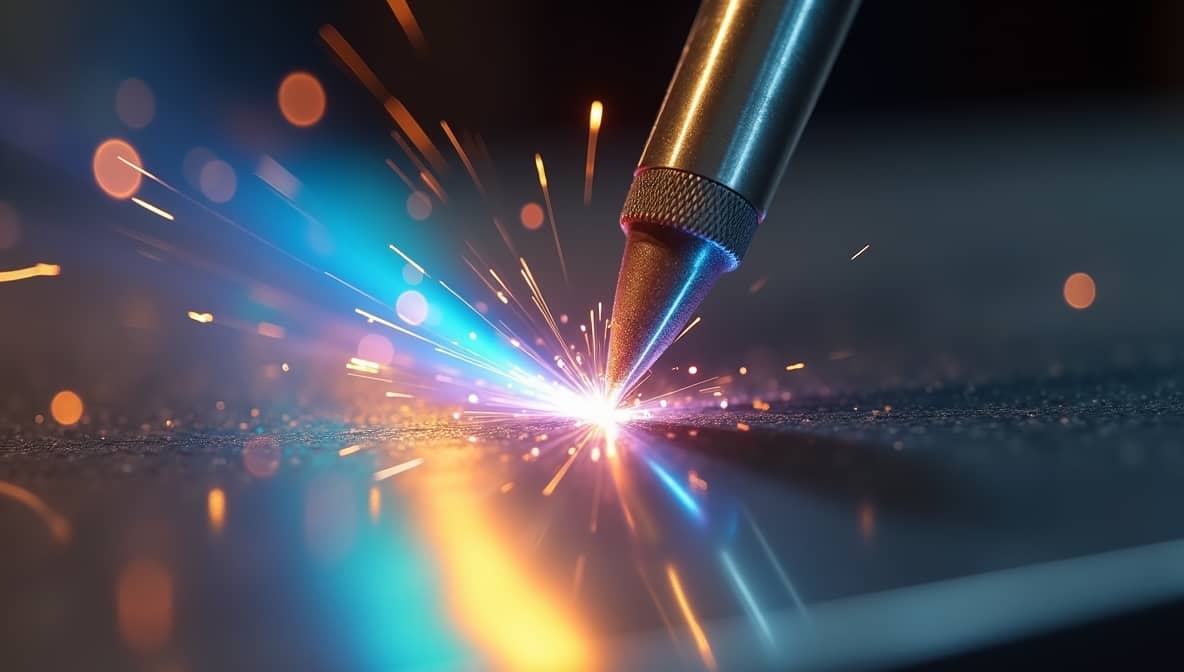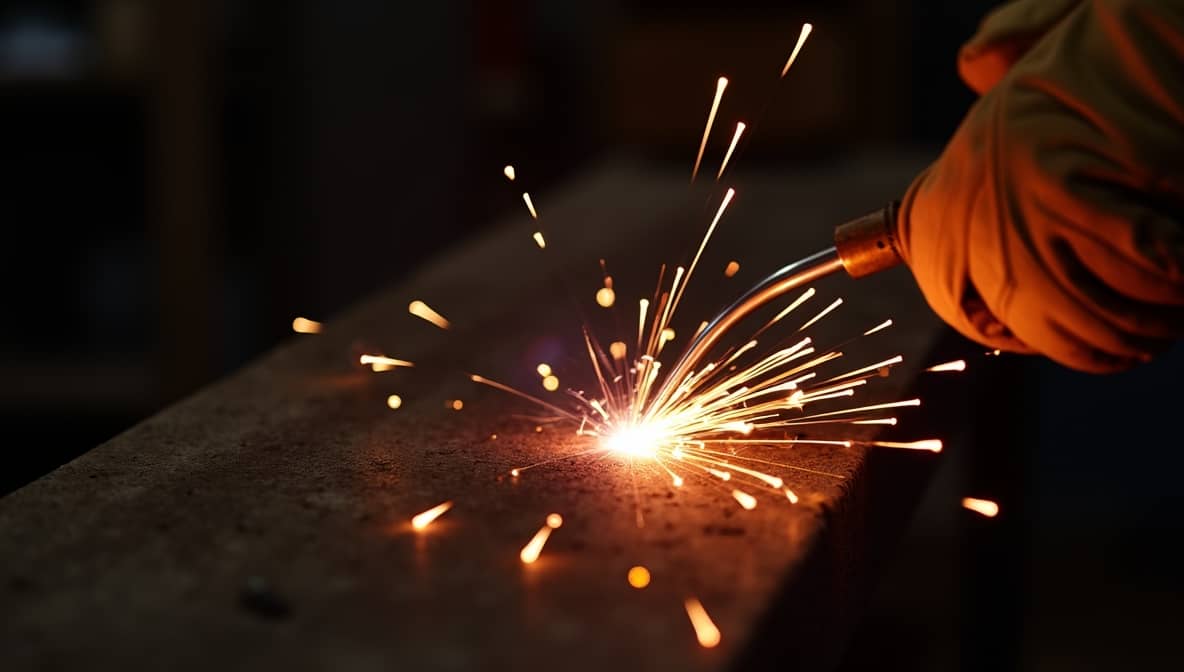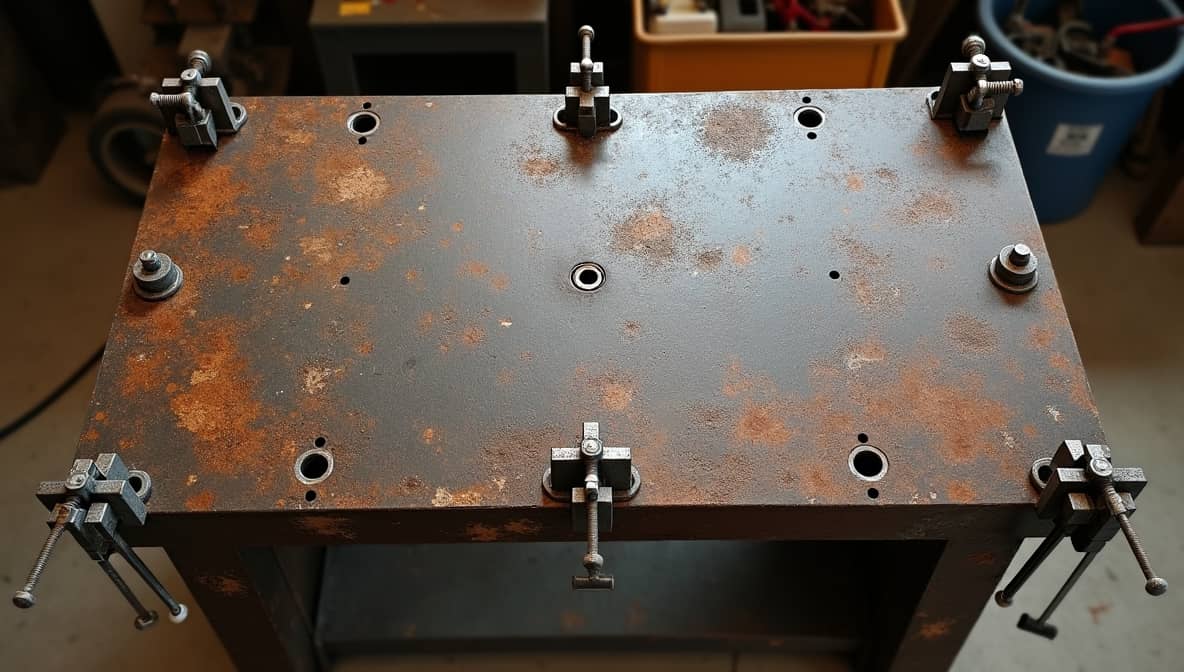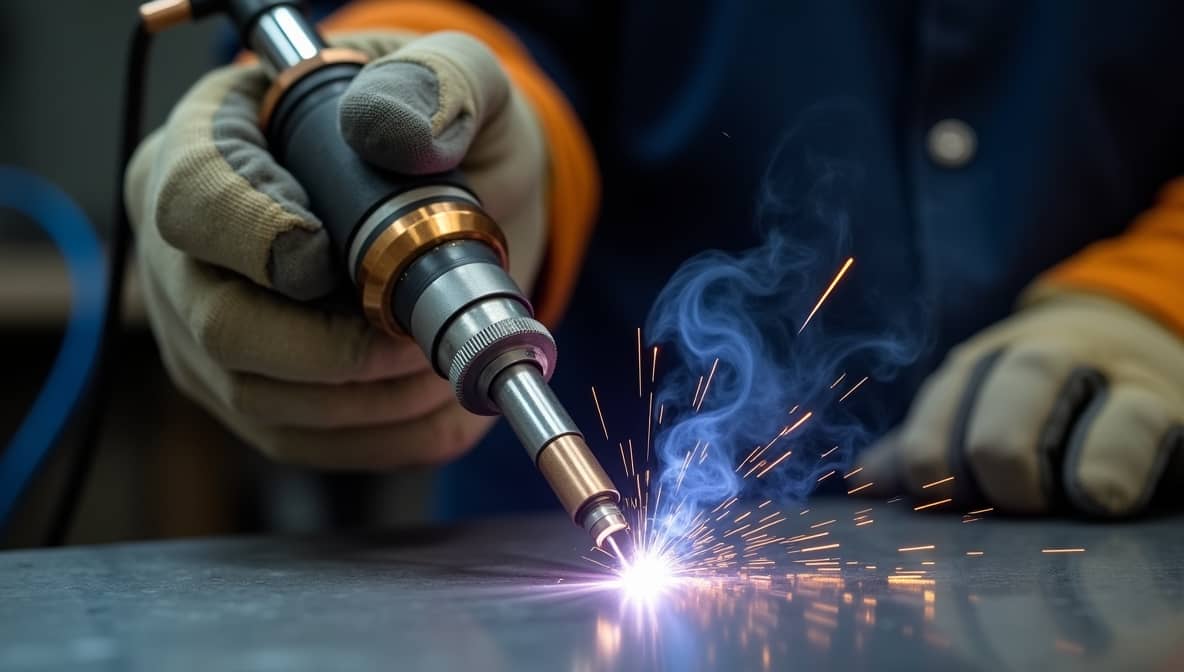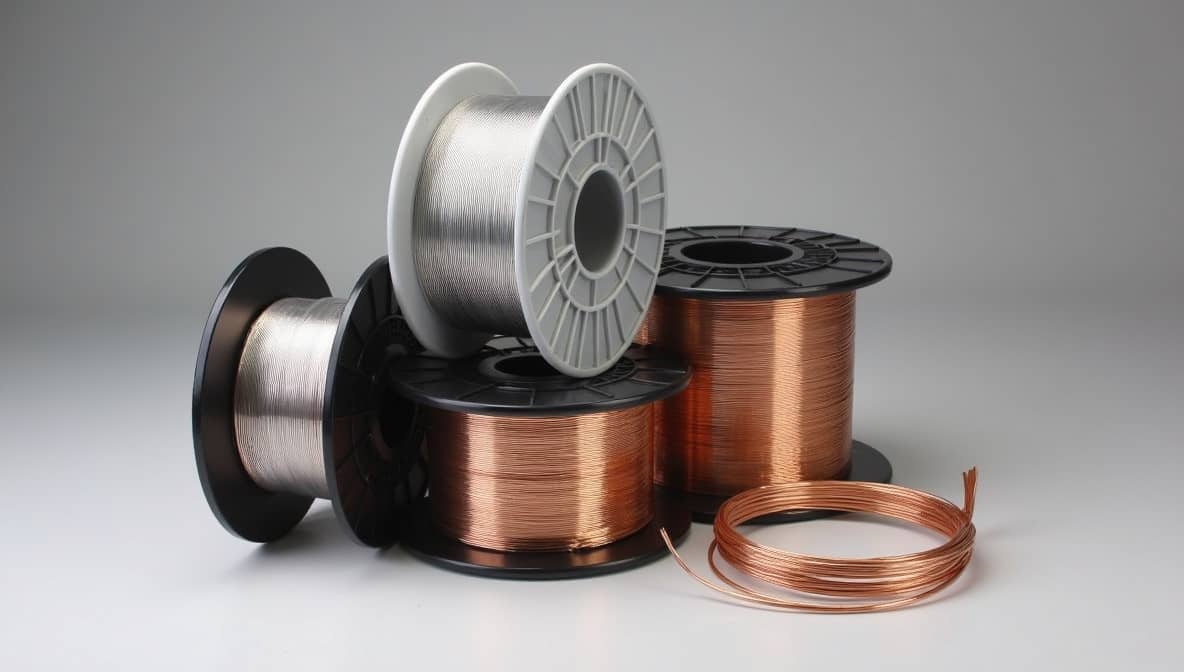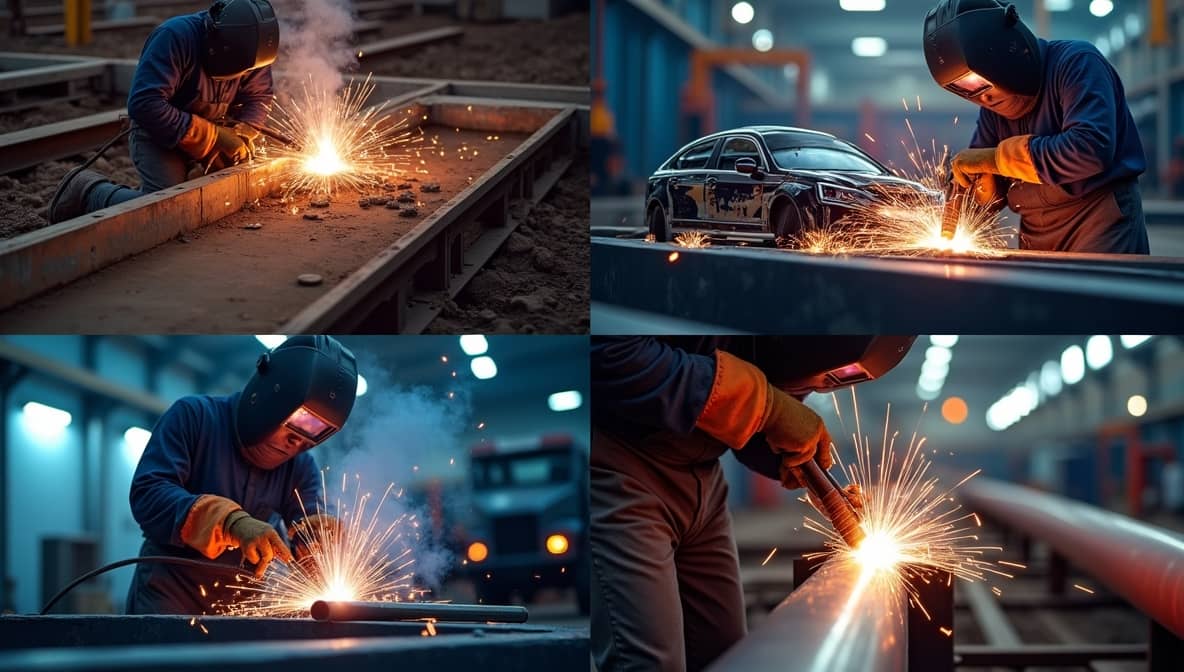Welding Wisdom for Professionals and Beginners Alike.
Start from herePrecision Welding Insights at Your Fingertips
Building Stronger Connections through Welding
Explore Welding
Discover comprehensive resources across all welding disciplines. From beginners looking to start their journey to professionals seeking advanced techniques, WeldingHubs has you covered.
Aluminum Welding
ExploreARC Welding
ExploreWelding Certificate
ExploreWelding Classes
ExploreElectrode
ExploreEngine Welding
ExploreWelding Equipment
ExploreFlux
ExploreGas Welding
ExploreHelmet
ExploreWelding Job
ExploreWelding Machine
ExploreMIG Welding
ExplorePipe Welding
ExploreWelding Process
ExploreSafety
ExploreWelding School
ExploreWelding Service
ExploreSpot Welding
ExploreStainless Welding
ExploreStick Welding
ExploreWelding Table
ExploreWelding Technology
ExploreTIG Welding
ExploreWelding Training
ExploreUnderwater Welding
ExploreWelding Wire
ExploreUses of Welding
ExploreLatest Articles
Cast Aluminum Repair Welding: Expert Options and Truth About Fixing Broken Aluminum Castings
To ensure quality in cast aluminum repair welding, prepare the weld area by removing defects and cleaning the oxide layer. Preheat the section before welding. Select a suitable weld rod…
Anti-Spatter for Aluminum Welding: Essential Products, Tips, and Application Methods
Anti-spatter solutions for aluminum welding stop splatter from sticking to metal. They improve corrosion resistance and make cleanup easy. Water-based formulas work well. Cost-effective choices include mixing dish soap with…
Amps for Welding Aluminum: Essential Settings for Thickness and Techniques Explained
TIG welding aluminum requires specific settings. For 1/8” thickness, use 120 amps in horizontal and vertical positions. For overhead, set to 135 amps. For 3/16” thickness, use 215 amps in…
Annealing Aluminum After Welding: Essential Benefits and Techniques Explained
Annealing aluminum after welding is a heat-treating process that refreshes work-hardened metal. For 6061-T6, heat it to about 750°F for two hours, followed by controlled cooling. Note that 5052 cannot…
TIG Welding Amps for 1/8 Aluminum: Optimal Settings and Essential Tips
When TIG welding 1/8 inch (0.125 inch) aluminum, use about 125 amps. This follows the guideline of 1 amp for every thousandth of an inch of thickness. This ensures the…
Aluminum Welding Wire Size Chart: A Comprehensive Guide for MIG Welding Projects
This chart helps you choose the right aluminum welding wire size, either solid or flux, based on material thickness. MIG wire sizes vary from 0.023 to 0.045 inches. Use ER4043…
Aluminum Welding Without Welder: How to Join Aluminum at Home Effectively
You can bond aluminum without a welder by using a propane torch and brazing rods. This method heats the metal and lets the filler metal flow, creating a strong bond….
Aluminum Welding Wire Chart: A Beginner’s Guide to MIG Welding and Filler Metals
This aluminum welding chart aids in selecting the right filler metal for welding. It lists alloy types like 4043 and 4047, recommends amperage settings, and specifies processes like gas shielded…
Aluminum Welding Wire No Gas: Explore Cheap Gasless Flux Core Options!
Welding aluminum needs a shielding gas, like argon, to avoid contamination and porosity. Gasless flux core wire cannot protect aluminum in this way. For successful aluminum welding, use solid core…

